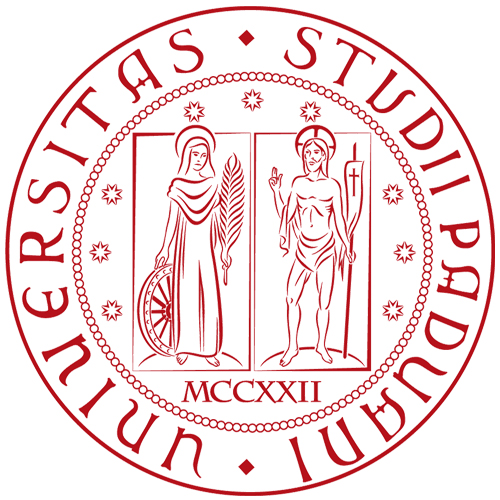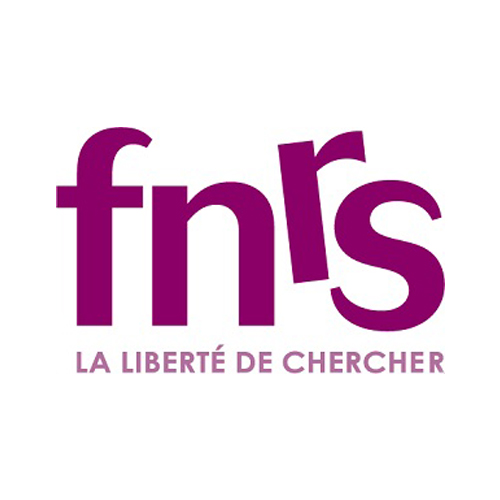PHRC038 : Dedication to Arsinoe Philadelphos, Delos - Cyclades (270-240 BC) dedication
Permanent ID http://s.phrc.it/phrc038
Text constituted from: IG XI 4, 1303 (fac-simile).
Other editions:
See also: Bruneau 1970, p. 544-545; Caneva 2014, no. 42; Caneva 2019.
Images: IG XI 4, 1303 (fac-simile).
Further bibliography: Caneva 2013, p. 292-293; Constantakopoulou 2017, p. 98-100. On the Philadelpheion on Delos, see PHRC036.
Online record: PHI
This plaque was meant to be attached to an altar or to another structure, showing that it pertained to the cult of Arsinoe Philadelphos. The use of marble, probably in this case from a Delian quarry situated SE of Mt. Kynthos (for which see Brunet 1998), is often associated with finely executed dedications, but this is one clear exception to this general tendency (on this point, see also commentary to PHRC030). The humble quality of this dedication is confirmed by the roughly polished surface of the stone, the poor execution of the inscription and the presence of a lunar sigma. The last detail can be interpreted as the influence of cursive writing and is a common feature of domestic or at any rate private dedications (see commentary to PHRC037).
This leads us to discuss the possible provenance of the stone. While a domestic context cannot be ruled out, the existence of a sanctuary consecrated to the cult of Arsinoe on the island makes this location a suitable setting for the dedication. The sanctuary, called Philadelpheion, is probably to be identified with the temple later attributed to Agathe Tyche in the 2nd cent. and located on the Mount Kynthos (for this identification, see commentary to PHRC036). An alternative hypothesis is that the dedication was made in the so-called 'House with the portrait of Arsinoe' (see commentaty to PHRC036), or near the unidentified place where the League of the Islanders had erected an altar of Ptolemy Soter. The latter place hosted the yearly festival Ptolemaia of the League in the 270s (cf. SIG3 390, lines 48-49).



